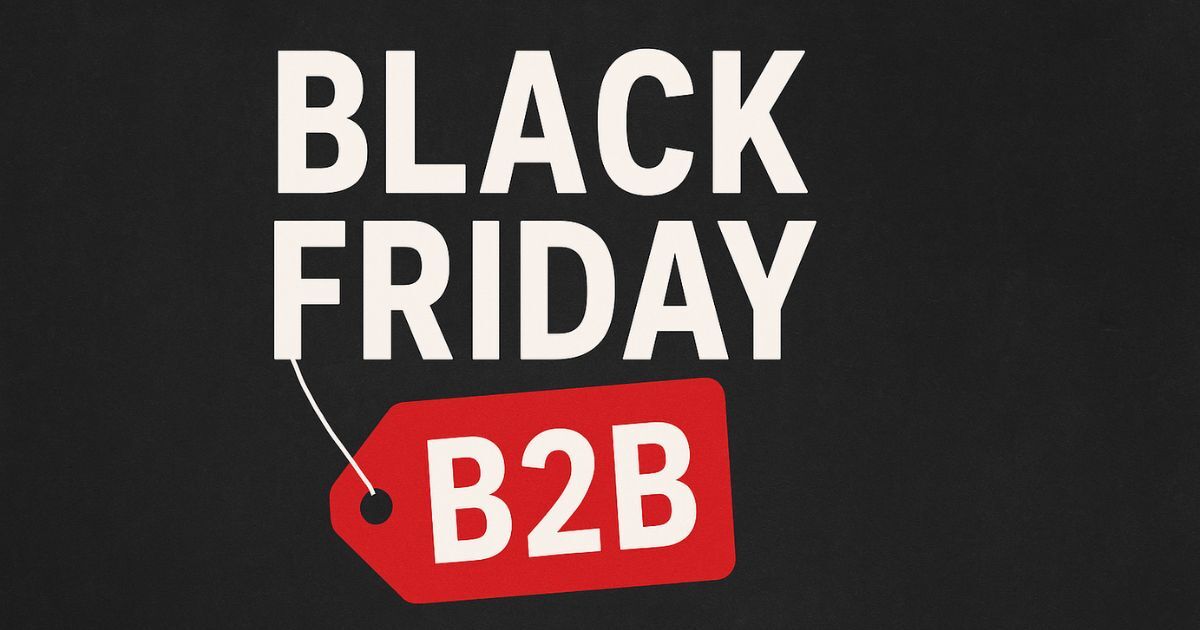Decoding the acronyms: Simplifying B2B ecommerce language for executive conversations
Have you ever tried to have a conversation with someone who’s deeply into a hobby that seems to have its own secret language? Whether it’s HAM radio enthusiasts discussing “QSO” or “QTH,” or birdwatchers using terms like “BOP” and “LBJ,” the acronyms fly fast and furiously. It can feel like trying to learn a new dialect on the fly, and before long, you find yourself nodding along, not understanding half of what’s being said.
The world of B2B eCommerce isn’t much different. Just like these hobbies, our industry is filled with jargon, technical terms, and acronyms that make perfect sense to us but often leave the rest of our organization — especially the executive team — scratching their heads. If we want to drive meaningful conversations about our digital strategies, we need to speak a language that everyone in our organization can understand. Let’s explore this idea using some examples from different hobbies and draw parallels to B2B eCommerce.
HAM Radio: Building clear communication
In HAM radio, enthusiasts have a whole lexicon of terms like “QSO” (a conversation between two operators) and “QTH” (location). To an outsider, these terms are baffling. But for operators, they simplify and standardize communication, making it easy to relay information quickly.
However, imagine trying to explain to your executive team that “our eCommerce strategy is to enhance the QSO and optimize the QTH through digital transformation.” You’d lose them almost instantly. Just as HAM radio operators use acronyms to make their communication more efficient, we often use complex terminology in B2B eCommerce — talking about “omnichannel optimization,” “headless commerce,” or “SEO content pillars.” These terms may be second nature to us, but they can alienate those who aren’t in the know.
To create a clear and impactful dialogue, we need to replace our industry jargon with straightforward language that aligns with our organization’s broader goals. Instead of saying, “We need to increase our omnichannel engagement,” try, “We need to make it easier for our customers to buy from us, whether they’re online, on the phone, or in person.” This kind of language is more relatable and connects directly with the business objectives that matter to your executive team.
Geocaching: Clarifying objectives
Geocaching, a treasure-hunting game using GPS, is full of cryptic codes: “TFTC” (Thanks For The Cache), “FTF” (First To Find), “DNF” (Did Not Find). These acronyms make perfect sense to geocachers, but to someone new, they’re just confusing strings of letters.
In B2B eCommerce, we also have our own “hidden treasures” — the valuable metrics and key performance indicators (KPIs) that drive our strategy. But if we present them using only acronyms like “AOV,” “LTV,” and “CRO,” we might as well be speaking in code. Instead, clarify your objectives by framing them in terms of tangible outcomes. For example, instead of saying, “We aim to increase LTV (Lifetime Value),” say, “We want to ensure our customers keep buying from us regularly, increasing the amount they spend over time.”
When we demystify our objectives, we help the executive team understand the impact of eCommerce initiatives on the overall business. It’s not about “FTF” or “DNF,” but about finding the clearest path to business growth.
Dungeons & Dragons: Creating shared understanding
Dungeons & Dragons (D&D) is a world filled with terms like “DM” (Dungeon Master), “HP” (Hit Points), and “XP” (Experience Points). To players, these terms are crucial. They create a shared understanding that allows the game to flow smoothly.
Similarly, in B2B eCommerce, we must create a shared understanding with our executive team. We often throw around phrases like “conversion rate optimization” or “content personalization,” assuming everyone understands their importance. But without context, these terms can feel as foreign as “AC” (Armor Class) does to someone who’s never rolled a 20-sided die.
To foster this shared understanding, start by explaining why these terms matter. For instance, instead of talking about “conversion rate optimization,” say, “We’re focusing on ways to turn more of our website visitors into paying customers.” By translating eCommerce jargon into terms that reflect their impact on the business, we make it easier for our executive teams to grasp the concepts and see their value.
Scuba Diving: Balancing complexity with simplicity
Scuba diving has its own technical language: “BCD” (Buoyancy Control Device), “NITROX” (Enriched Air Nitrox), and “SPG” (Submersible Pressure Gauge). For divers, knowing these terms is critical for safety and effective diving.
In B2B eCommerce, there are times when technical language is necessary — when we’re working with developers or optimizing backend systems, for example. But when discussing these topics with non-technical stakeholders, we need to balance complexity with simplicity. We might say, “We’re implementing a tool that helps keep our website running smoothly even during peak traffic,” instead of diving into the technical weeds about load balancing and server uptime.
By choosing to use simpler language, we keep our audience engaged and ensure they understand the essential points without feeling overwhelmed by technical details.
Photography: Focusing on what matters
Photography enthusiasts often speak in terms like “ISO,” “DOF,” “HDR,” and “RAW.” Each term has a specific meaning that affects how a photo is captured and processed. But to a non-photographer, these terms are meaningless.
In B2B eCommerce, we must focus on what matters most to our audience. Just as a good photographer focuses on the subject of the photo, we need to focus our communication on the core message: how eCommerce initiatives drive business value. For example, instead of talking about “improving ISO settings” (akin to optimizing site speed), we could frame it as, “We’re working to ensure our site loads quickly, so customers have a better experience and are more likely to buy.”
By focusing on the core benefits, we can make complex initiatives more relatable and meaningful to those outside our field.
Conclusion: Creating a common language for success
Just like these hobbies, B2B eCommerce comes with its own set of acronyms and specialized language. But if we want to build meaningful conversations within our organizations, we need to create a common language that everyone can understand. By simplifying our terminology and focusing on clear, outcome-driven communication, we can help our executive teams see the value in what we’re doing and get the buy-in we need to succeed.
So, the next time you’re preparing a presentation or conversation about your digital strategy, think about the acronyms you use and how they might sound to someone outside your industry. Strive to be the bridge between your specialized knowledge and your organization’s broader goals. Because, just like in HAM radio or Dungeons & Dragons, if we’re all speaking the same language, we can achieve so much more together.









